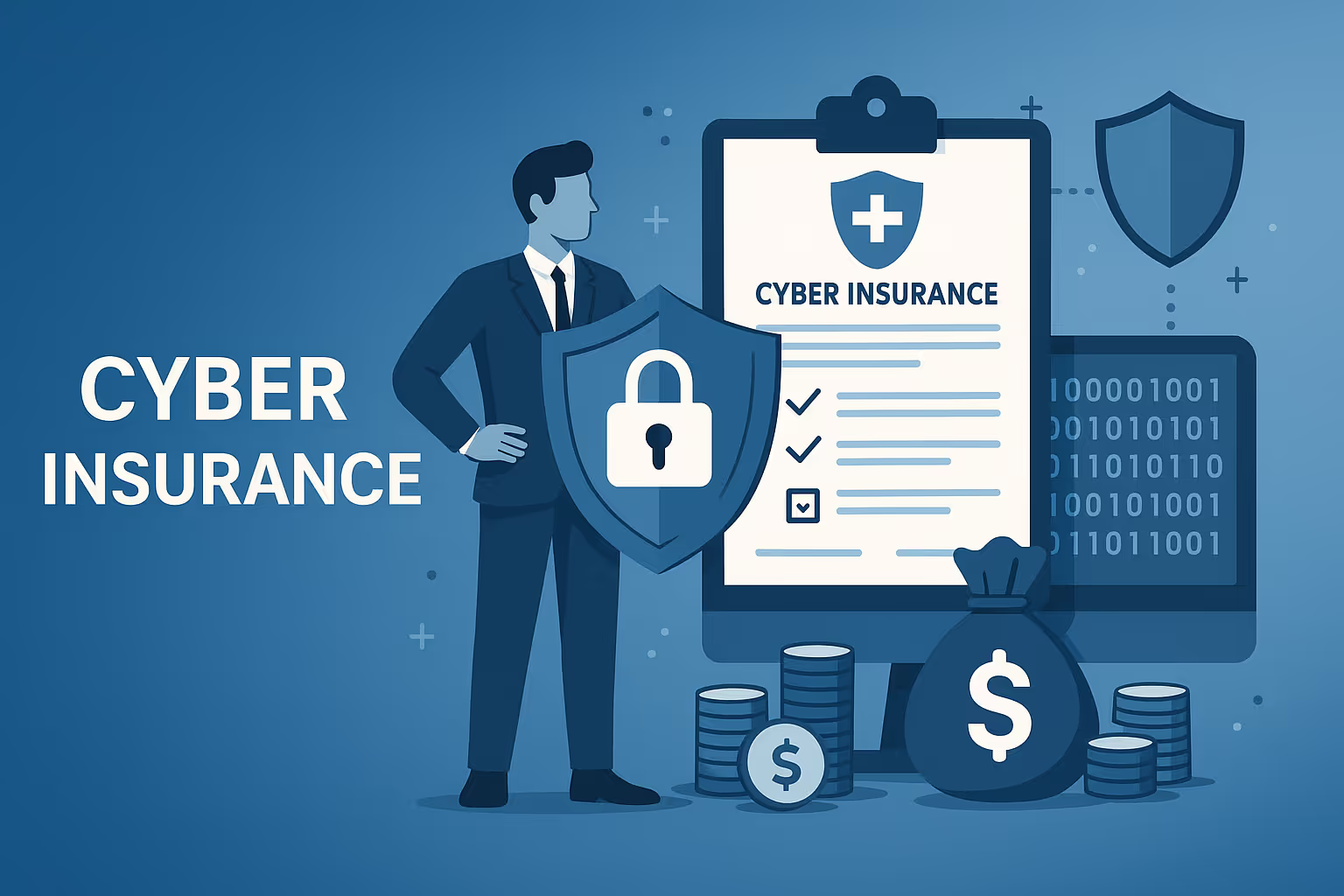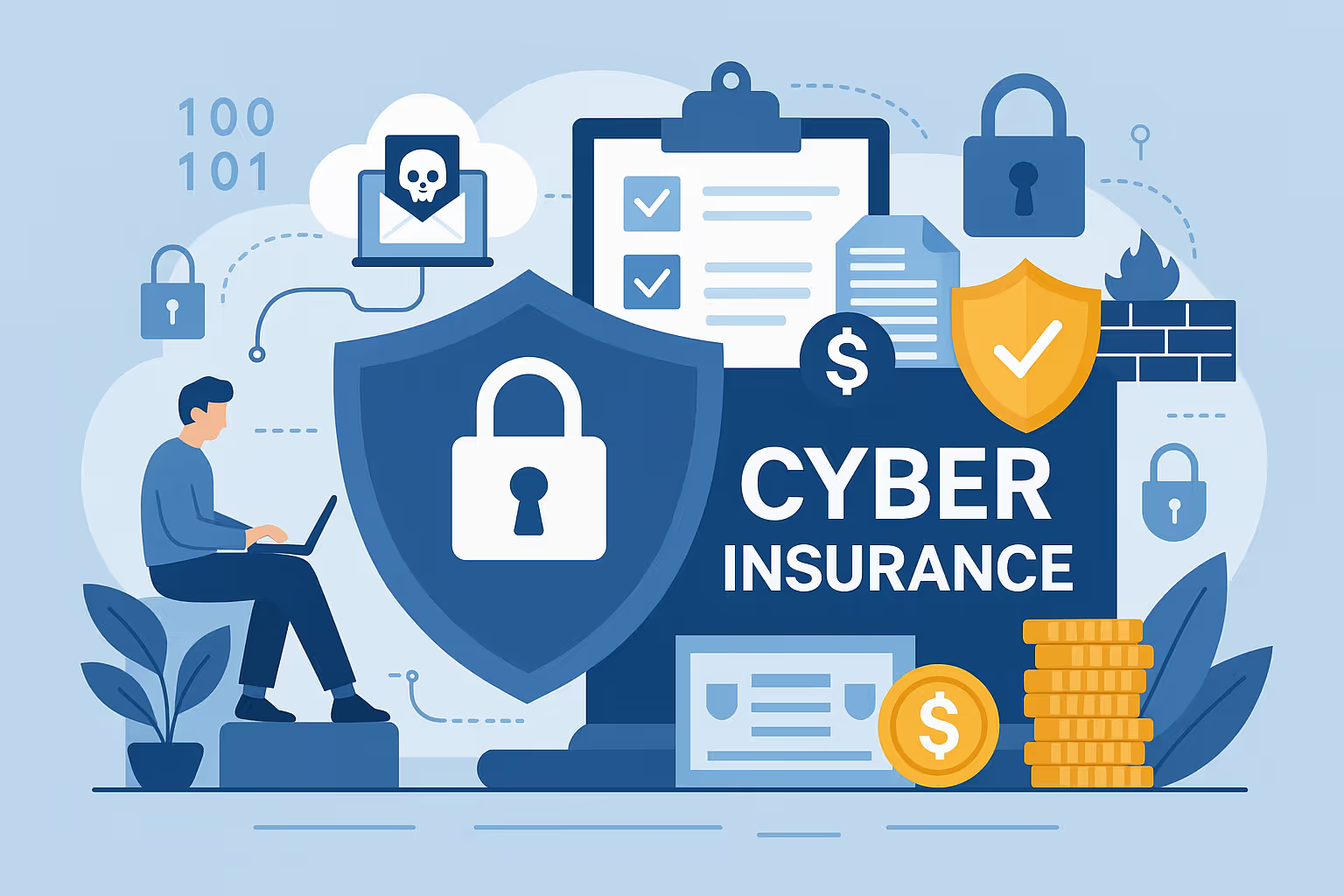
How to get...
For educational institutions wondering how to get cyber insurance for Education, the process can be broken down into clear, manageable steps. Below is a concise yet comprehensive guide tailored to the U.S. Education sector:

Who provides...


Why need...
Educational institutions in the United States face unique cyber risks that differ from those in other industries. Many organizations within this sector manage large volumes of sensitive student and staff data, making them prime targets for cybercriminals. Data breaches, ransomware attacks, phishing schemes, and DDoS events are increasingly common threats. Institutions that lack robust cybersecurity measures often struggle to mitigate these risks, leaving them vulnerable to financial, legal, and reputational damages.
Cyber insurance for Education in the United States plays a critical role by helping these institutions manage and transfer the financial risks associated with cyber incidents. This type of coverage provides essential support for incident response, legal expenses, and recovery costs, ensuring that schools and colleges can quickly resume normal operations after an attack. Additionally, having cyber insurance for Education encourages better cybersecurity practices by partnering institutions with experienced risk management professionals, ultimately safeguarding both the digital and academic integrity of the education environment.
Cyber insurance coverage for Education under Data Breach / Privacy Liability includes protection against costs associated with unauthorized access to student, staff, and research data. This coverage assists in managing expenses for forensic investigations, legal counsel, notification processes, and credit monitoring services. It is vital for U.S. educational institutions due to the high volume of sensitive records such as academic transcripts, financial information, and personal data that are attractive targets for cyber attackers. The impact on operations is significant, as breaches can lead to reputational damage and regulatory scrutiny, potentially disrupting the learning environment and incurring hefty financial liabilities.
Cyber insurance coverage for Education in the realm of Business Interruption is designed to cover lost income and extra expenses incurred during a cyber incident that disrupts critical operations. This coverage safeguards against financial losses from halted digital learning platforms, administrative systems, and campus management software. For educational organizations, maintaining uninterrupted services is crucial to ensure class schedules, remote learning continuity, and overall operational stability. The coverage minimizes financial shock, supporting quick recovery and compliance with contractual and regulatory obligations.
Cyber insurance coverage for Education addressing Cyber Extortion and Ransomware offers protection against threats that involve malicious actors demanding payment to restore access to locked systems or prevent data leakage. Benefits include coverage for ransom payments, negotiation expert fees, and incident management services that help mitigate systemic risks. This is especially critical for educational entities, where outdated IT systems and valuable research data may be targeted, directly affecting both operational continuity and financial health. The coverage facilitates a focused and informed response to ransom demands, reducing prolonged downtime and safeguarding sensitive information.
Cyber insurance coverage for Education under Regulatory Defense & Fines covers expenses related to legal defense, settlements, and regulatory penalties following a cyber incident. It addresses compliance challenges associated with regulations such as FERPA and COPPA, which govern the protection of student and minor data. Educational institutions benefit from this coverage by mitigating the risk of significant financial impact from investigations, litigation, and corrective actions mandated by government agencies. Additionally, this coverage supports the institution’s commitment to robust compliance frameworks and continuous operational resilience following a breach.
Build Security with OCD Tech That Meets the Standard — and Moves You Forward
Contact Us
US schools need strong cyber defenses. Insurers check controls, risk, and data protection. Compliance lowers premiums.
Cyber insurance requirements for Education mandate that institutions submit detailed cybersecurity policies, risk assessments, and system architectures. Insurers expect clear documentation that outlines implemented defenses and risk management procedures.
Cyber insurance requirements for Education require proof of strong technical defenses like firewalls, intrusion detection systems, and endpoint security measures tailored to educational environments.
Cyber insurance requirements for Education expect institutions to show compliance with federal and state regulations such as FERPA, HIPAA (if applicable), and other data protection mandates specific to education.
Cyber insurance requirements for Education include submission of past incident reports and details on the effectiveness of response strategies used in previous cyber events.
Cyber insurance requirements for Education emphasize the necessity for regular and documented employee cybersecurity training, aimed especially at protecting student and faculty data.
Secure Your Business with Expert Cybersecurity & Compliance Today
Contact Us


Differences by State...
Educational organizations across the United States face different cyber insurance requirements based on state-specific regulations. These differences influence cyber insurance for Education policies, affecting coverage, premiums, compliance obligations, and risk management practices.
These state-specific differences impact the way organizations evaluate, purchase, and maintain cyber insurance policies. Institutions in New York, for example, must conduct thorough risk assessments and continuously update their security measures to satisfy rigorous state requirements. Meanwhile, those in California and Texas are encouraged to customize policies that not only cover immediate cyber threats but also align with evolving state data protection regulations. Selecting the right policy means understanding these nuances and ensuring that compliance and risk management strategies are tailored to each state’s legal landscape.

Compliance & Frameworks...
Organizations in the education sector seeking cyber insurance for Education must navigate several critical compliance frameworks and regulations. These requirements not only help in establishing a robust cybersecurity posture but also influence underwriting criteria, premium costs, and overall protection levels.
Cyber insurance for Education is thus shaped by a combination of internationally recognized frameworks, industry-specific regulations, and rigorous state-level mandates. Adopting standards like NIST CSF and ISO 27001 demonstrates sophisticated risk management, while compliance with HIPAA, GLBA, NYDFS, and CCPA helps reduce vulnerabilities and elevate trust with insurers. In turn, these measures influence eligibility, premium pricing, and the comprehensive protection that educational organizations receive in the U.S. market.

Audit. Security. Assurance.
IT Audit | Cybersecurity | IT Assurance | IT Security Consultants – OCD Tech is a technology consulting firm serving the IT security and consulting needs of businesses in Boston (MA), Braintree (MA) and across New England. We primarily serve Fortune 500 companies including auto dealers, financial institutions, higher education, government contractors, and not-for-profit organizations with SOC 2 reporting, CMMC readiness, IT Security Audits, Penetration Testing and Vulnerability Assessments. We also provide dark web monitoring, DFARS compliance, and IT general controls review.
Contact Info
.svg)
OCD Tech
.svg)
25 BHOP, Suite 407, Braintree MA, 02184
.svg)
844-623-8324
.svg)
https://ocd-tech.com
Follow Us
Videos
Check Out the Latest Videos From OCD Tech!
Services
SOC Reporting Services
– SOC 2 ® Readiness Assessment
– SOC 2 ®
– SOC 3 ®
– SOC for Cybersecurity ®
IT Advisory Services
– IT Vulnerability Assessment
– Penetration Testing
– Privileged Access Management
– Social Engineering
– WISP
– General IT Controls Review
IT Government Compliance Services
– CMMC
– DFARS Compliance
– FTC Safeguards vCISO